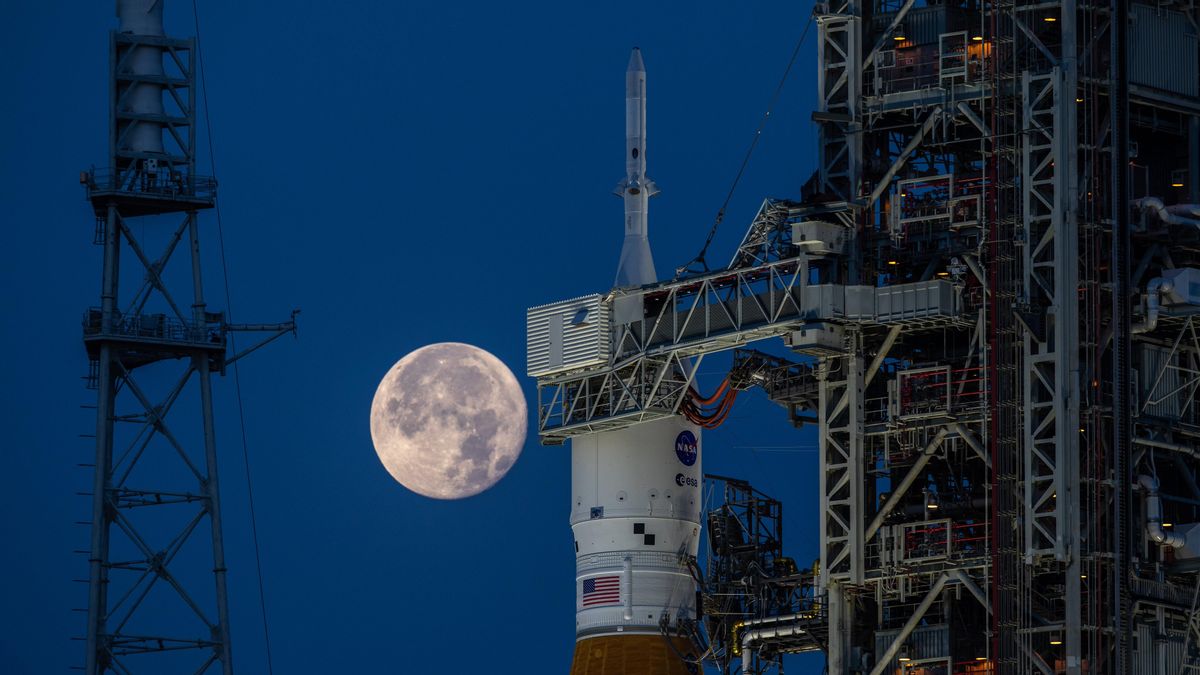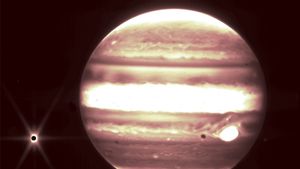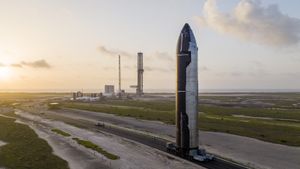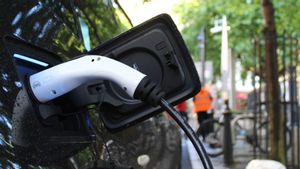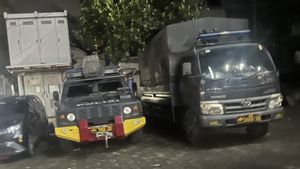JAKARTA - NASA is targeting the launch of its new monster rocket, the Space Launch System, on its first voyage into space at the end of August. NASA says it has alternate dates for August 29, September 2, and September 5 for the rocket's debut, although there is still much work to be done on these probes between now and then.
The Space Launch System, or SLS, is a key component of NASA's Artemis program, the agency's initiative to send humans back to the Moon. This rocket is designed to carry NASA's Orion crew capsule into space.
The rocket is slated to carry out a series of missions over the next few years that will eventually culminate in another astronaut landing on the lunar surface. But first, NASA wants to see it fly unmanned, sending an empty Orion capsule around the Moon.
NASA officials stressed that they are not committed to any of these dates at this time, but that the announcement puts the rocket closer than it has ever been to its launch.
The SLS has been in development for roughly a decade, and its inaugural launch date has been a moving target. NASA originally planned to launch it in early 2017, but schedule delays, development accidents, and poor management have caused the rocket's debut to slip again and again.
But after conducting mostly rocket rehearsals in June, NASA is in the late game of development, and a true launch is on the horizon. A more solid launch date should be closer to the actual takeoff.
SEE ALSO:
"We will be making the agency's commitment to a flight readiness review, just a little over a week before launch," NASA's Jim Free, associate administrator for exploration systems development, said during a news conference. "But this is a date that the team is working on and planning."
After a rehearsal, which saw the SLS fully loaded with propellant for the first time, NASA rolled the rocket back into the massive Vehicle Assembly Building (VAB) at NASA's Kennedy Space Center.
Since then, engineers have fixed several issues that arose during rehearsals, such as a hydrogen leak that ultimately prevented the mission team from completing the tests as they intended.
There are other tasks on the to-do list before the launch, but for now, the tentative plan is to relaunch the SLS from VAB on August 18 before the first launch attempt on August 29.
Depending on the SLS launch day, each date will have a different takeoff time and mission duration. Here's what to expect for each date:
August 29: The two-hour launch window opens at 8:33 a.m. ET. The mission will last 42 days, with Orion splashing into the sea on October 10.
September 2: The two-hour launch window opens at 12:48 a.m. ET. The mission will last 39 days, with Orion splashing into the sea on October 11.
September 5: The hour and a half launch window opens at 5:12 p.m. ET. The mission will last 42 days, with Orion splashing into the sea on October 17.
If NASA doesn't meet this date, the next launch window will open at the end of September. The window is determined by the position of the Moon in relation to Earth so that the SLS can successfully enter a proper path around the Moon, and must allow the Orion crew capsule to be illuminated by the Sun for most of the flight, so that it can get enough light on its solar panels. NASA has a list of all windows, as well as their criteria, here.
If NASA launches the SLS to the launch pad in mid-August but cannot launch on September 5, then the rocket launch could suffer a significant delay.
It all has to do with the SLS flight stop system, which is used to destroy a rocket if a fatal error occurs during launch and the vehicle begins to veer off course.
The team had to fully test the flight stop system prior to launch, and that work could only be done within the VAB. Once the SLS is launched from the VAB, there is a 20 day time limit for the flight termination system before it has to be tested again.
That means the rocket must be launched within 20 days of launch, or it must be returned to the VAB for the flight stop system to be re-examined.
That testing takes time, so if the SLS is forced to return to the VAB after its launch in August, it likely won't be ready to fly until the end of October.
"There's a possibility with that, that we could potentially reach the launch period (late September)," Cliff Lanham, senior vehicle operations manager for ground systems exploration at NASA's Kennedy Space Center, said during a press conference. “But it will be a real challenge for us, I will be honest with you. But we will definitely give our best at that time.”
Deadlines could still change in the coming weeks. But for now, NASA has some semblance of a schedule for an SLS launch, and this rocket might actually see space this year.
The English, Chinese, Japanese, Arabic, and French versions are automatically generated by the AI. So there may still be inaccuracies in translating, please always see Indonesian as our main language. (system supported by DigitalSiber.id)
